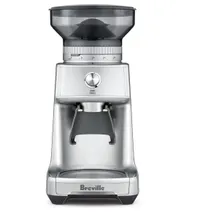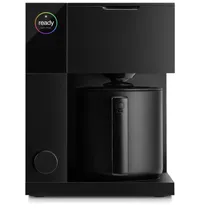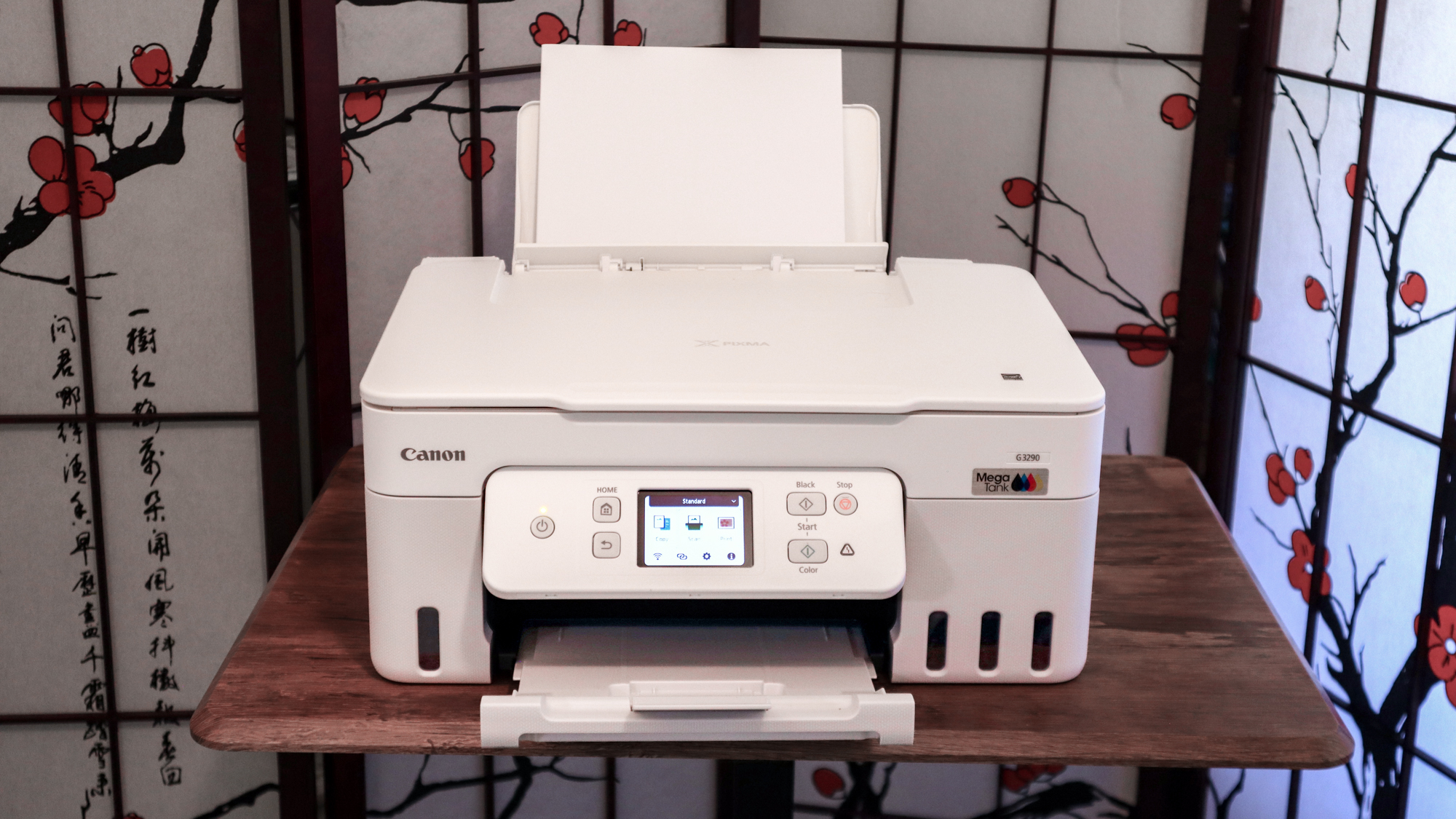There's one detail on coffee bags that tells you if it's worth buying — and most shoppers miss it
Most people ignore this when buying coffee (and it's why their coffee tastes bad)
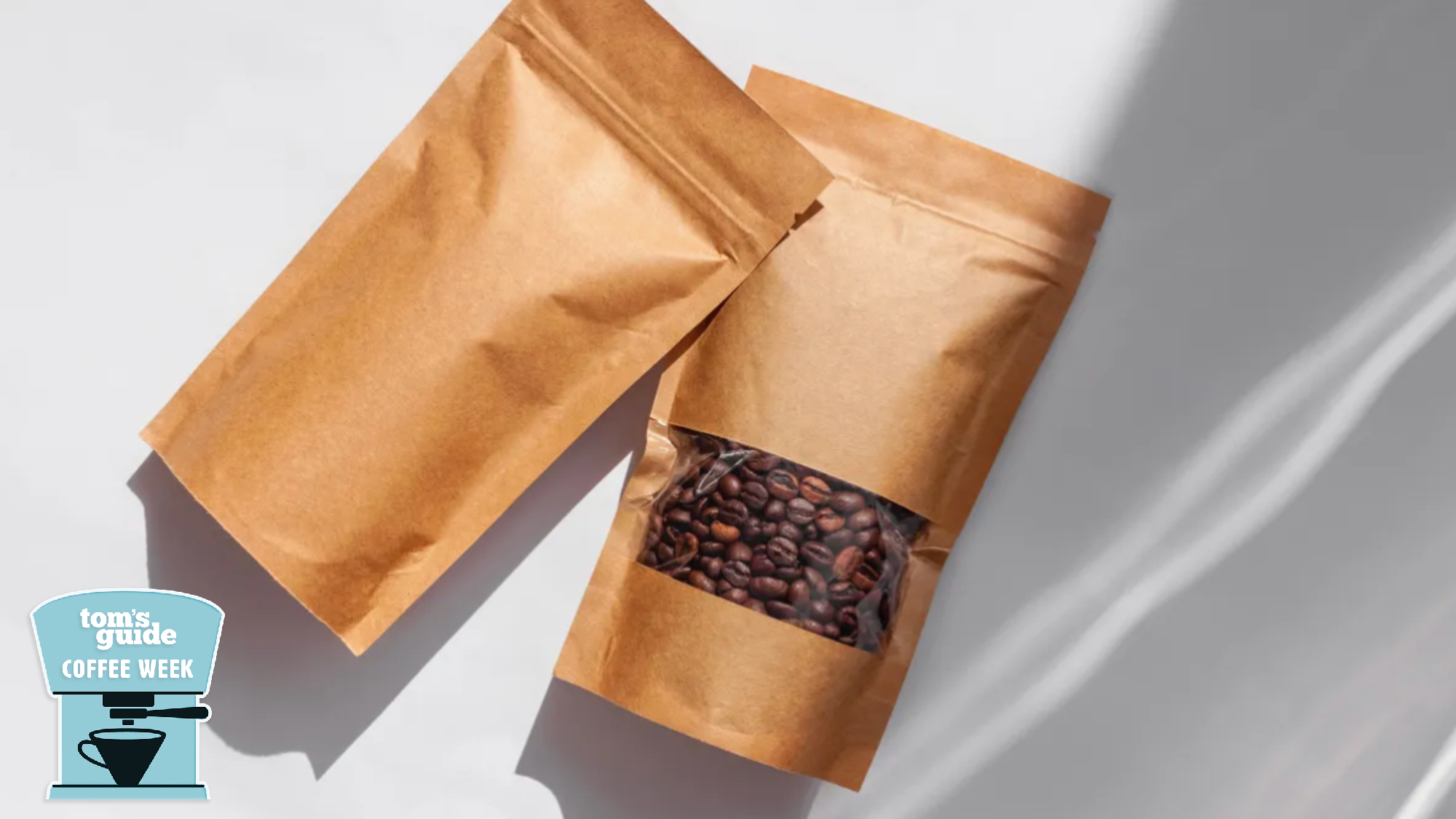
Most coffee bags display origin details and tasting notes, but one crucial piece of information often gets overlooked: the roast date. This single detail determines whether you're buying fresh coffee at its peak or stale beans that have been sitting on shelves for months.
To celebrate Tom's Guide Coffee Week, we're explaining why this simple check transforms your coffee experience. Fresh coffee tastes dramatically different from old coffee, with beans losing aromatic compounds and flavor complexity within weeks of roasting. Checking for a roast date takes seconds but ensures you're getting coffee worth drinking. The sweet spot for flavor and freshness is somewhere between two and four weeks after roasting. Here's what to look for and why it matters.
Why the roast date matters
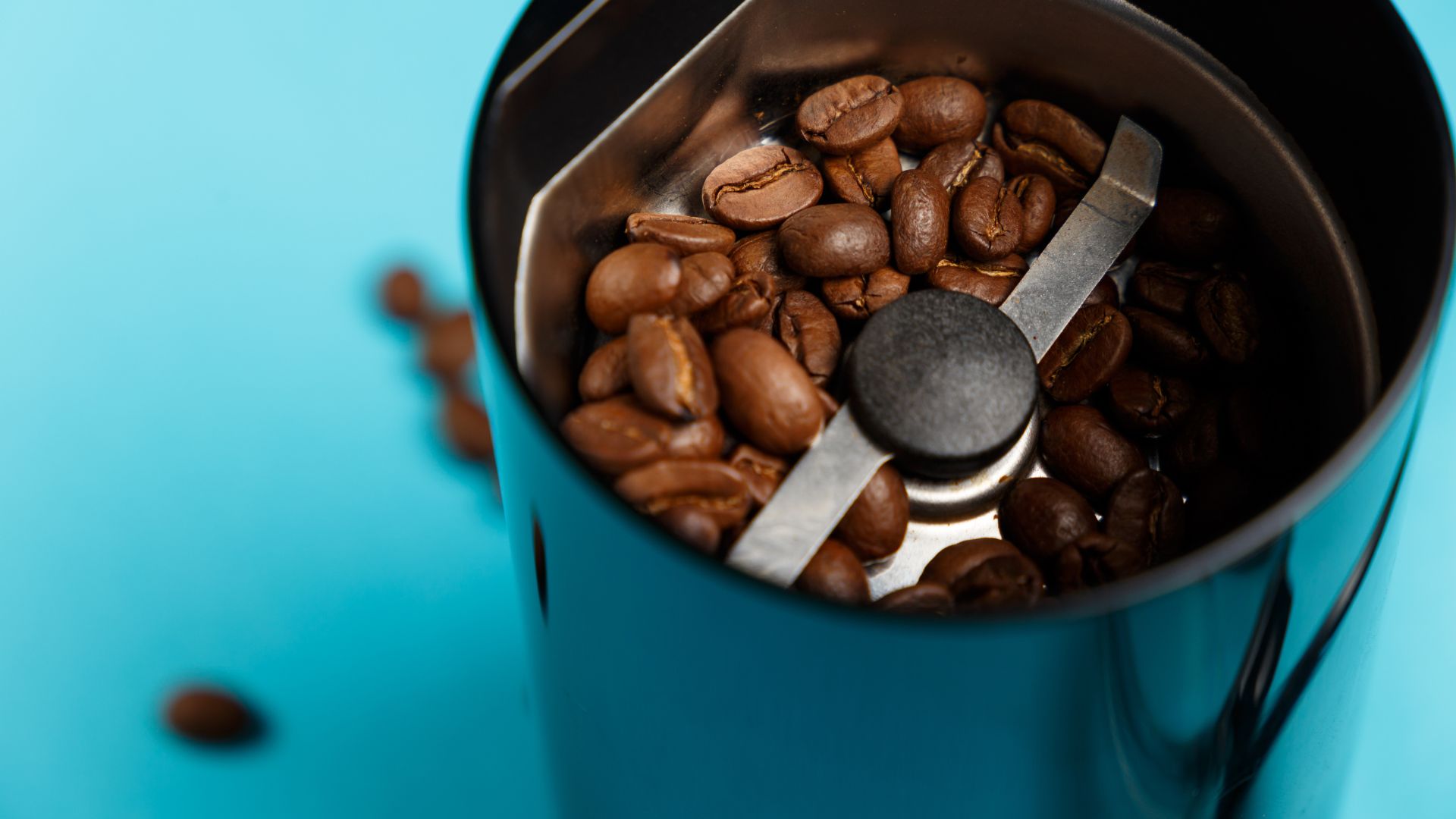
Coffee beans are at their best two to four weeks after roasting. During this window, the flavors are fully developed but the beans haven't started deteriorating from exposure to oxygen. Outside this timeframe, coffee loses the aromatic complexity that makes good coffee worth drinking.
Ground coffee deteriorates even faster than whole beans, fading within days rather than weeks. The increased surface area accelerates oxidation, which is why whole beans always provide better flavor than pre-ground options.
Beans without roast dates could be months old by the time you buy them. You wouldn't accept month-old produce in your shopping cart, yet many people unknowingly buy stale coffee simply because the bag doesn't reveal its age.
How to find the roast date
Look for a clearly printed roast date on the bag, typically on the back or bottom. Quality roasters prominently display this information because they're confident in their product's freshness.
The date should say "roasted on" followed by a specific date, not vague terms like "best by" or expiration dates that don't tell you when roasting actually occurred. A best-by date six months out doesn't help if the coffee was roasted eight months ago.
If there's no roast date visible anywhere on the bag, that's your signal to keep looking. The absence of this information usually means the coffee has been sitting around longer than the seller wants you to know.
What if you can't find a roast date?
Skip supermarket coffee with missing roast dates no matter how attractive the packaging looks. Fancy labels and premium pricing don't compensate for stale coffee that passed its peak months ago.
Head to a local coffee roaster instead where you can ask directly when the beans were roasted. Many roasters will grind beans for you if you don't own a grinder, though buying small quantities more frequently works better than stockpiling ground coffee.
Get instant access to breaking news, the hottest reviews, great deals and helpful tips.
Buy whole beans and grind them yourself. If you're in the market for a coffee grinder, our guide to the best coffee grinders can help you make an informed decision. Even an inexpensive grinder paired with fresh whole beans produces better coffee than pre-ground options, no matter how fresh the grinding.
If you’re on a budget, then the Breville (Sage) Dose Control Pro is the perfect coffee grinder for you. It offers excellent uniformity, low retention, and minimal clumping, all on a budget.
How to store coffee after buying
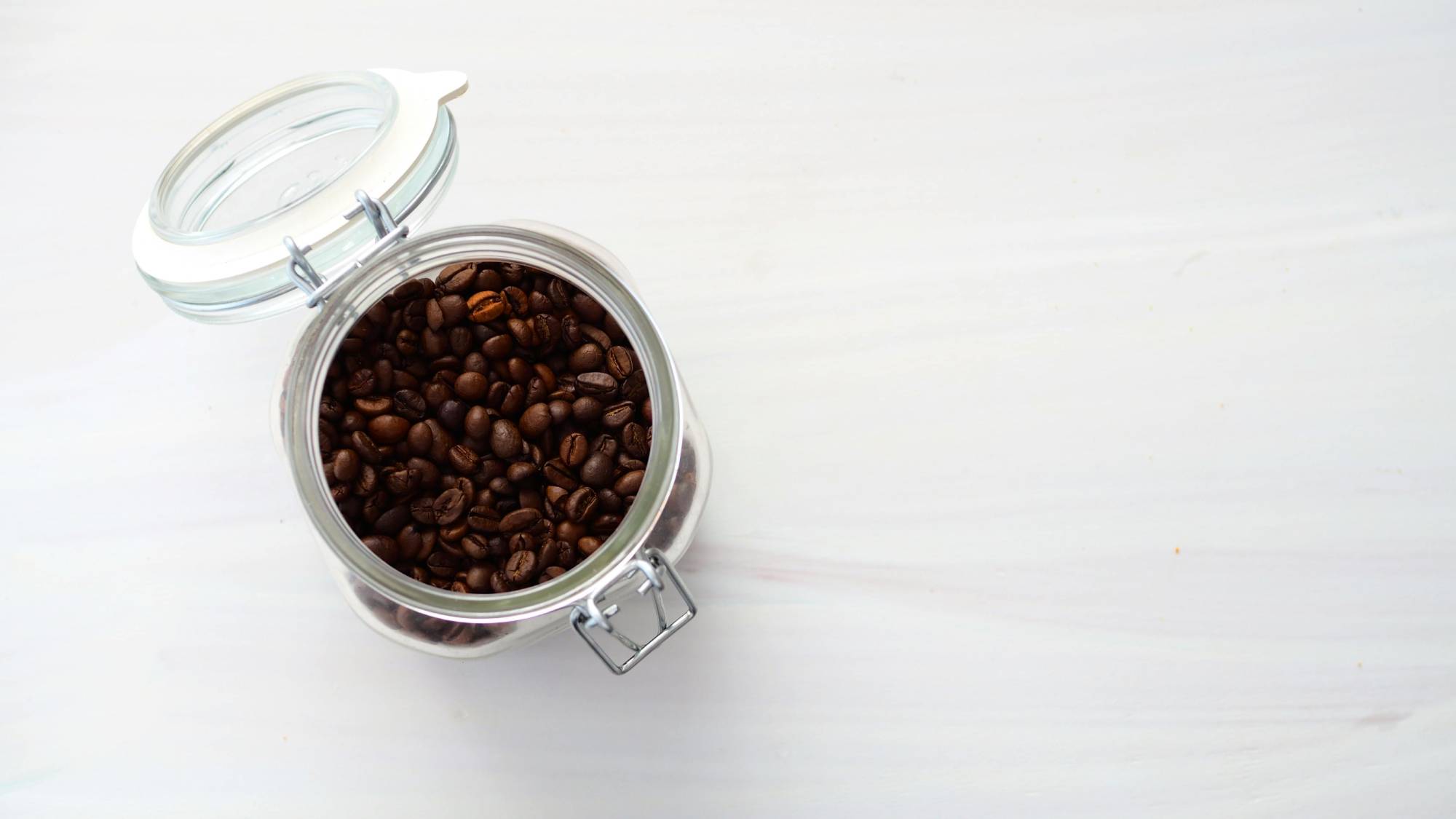
There are many tips for keeping your coffee beans fresh, but the easiest one is simply transferring them to an airtight container immediately after opening. Oxygen is coffee's enemy once you break the seal on a bag, so minimizing air exposure preserves flavor longer.
Keep coffee away from light, heat, and moisture by storing it in a cool, dark cabinet. The counter next to your stove or in direct sunlight accelerates deterioration regardless of how fresh the roast date was.
Buy quantities you'll finish within two to three weeks rather than bulk-buying months' worth of beans. Fresh coffee bought more frequently beats older coffee stored perfectly, so adjust your purchasing habits to match your consumption rat
The bottom line on roast dates
A clearly marked roast date is your guarantee of quality when buying coffee beans. This single piece of information tells you more about what you're getting than origin stories, flavor descriptions, or premium pricing ever could.
Fresh beans between two and four weeks old deliver the flavors coffee roasters intended when they carefully developed their roast profiles. Outside this window, you're drinking a shadow of what the coffee could have been.
Make roast date checking a habit every time you buy coffee, and you'll notice the difference immediately in your cup. Good coffee starts with fresh beans, and fresh beans start with knowing exactly when they were roasted.
The Fellow Aiden is a dreamy drip coffee maker that we said "deserves all the hype." With next-level temperature precision and endless customization options, it's a great pick for coffee lovers of any level.
More from Tom's Guide
- 7 uses for leftover coffee that stopped me just pouring it down the drain
- What is cowboy coffee, and how do you make it?
- Stop hard water from ruining your coffee machine — 3 simple tests to try
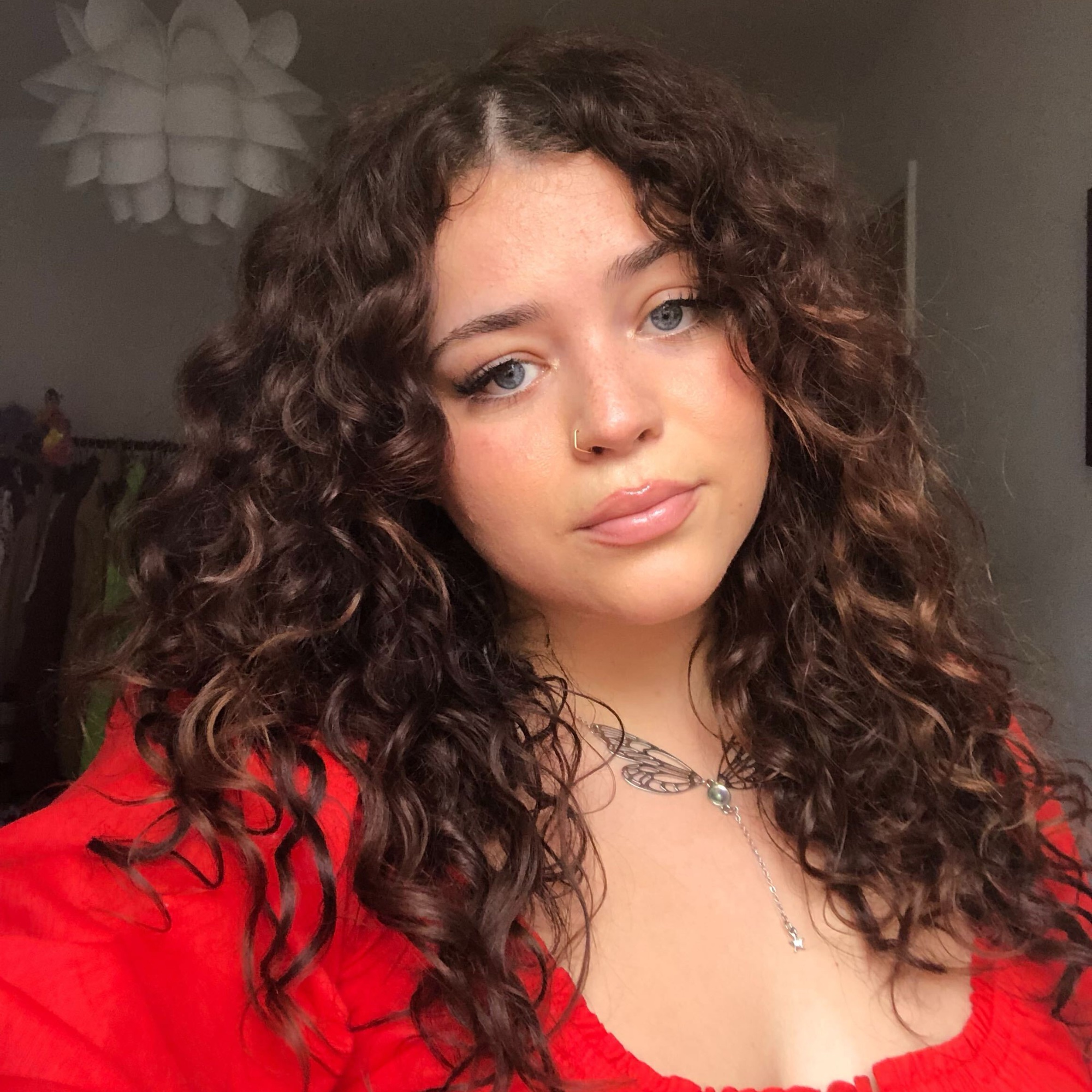
Kaycee is Tom's Guide's How-To Editor, known for tutorials that skip the fluff and get straight to what works. She writes across AI, homes, phones, and everything in between — because life doesn't stick to categories and neither should good advice. With years of experience in tech and content creation, she's built her reputation on turning complicated subjects into straightforward solutions. Kaycee is also an award-winning poet and co-editor at Fox and Star Books. Her debut collection is published by Bloodaxe, with a second book in the works.
You must confirm your public display name before commenting
Please logout and then login again, you will then be prompted to enter your display name.
